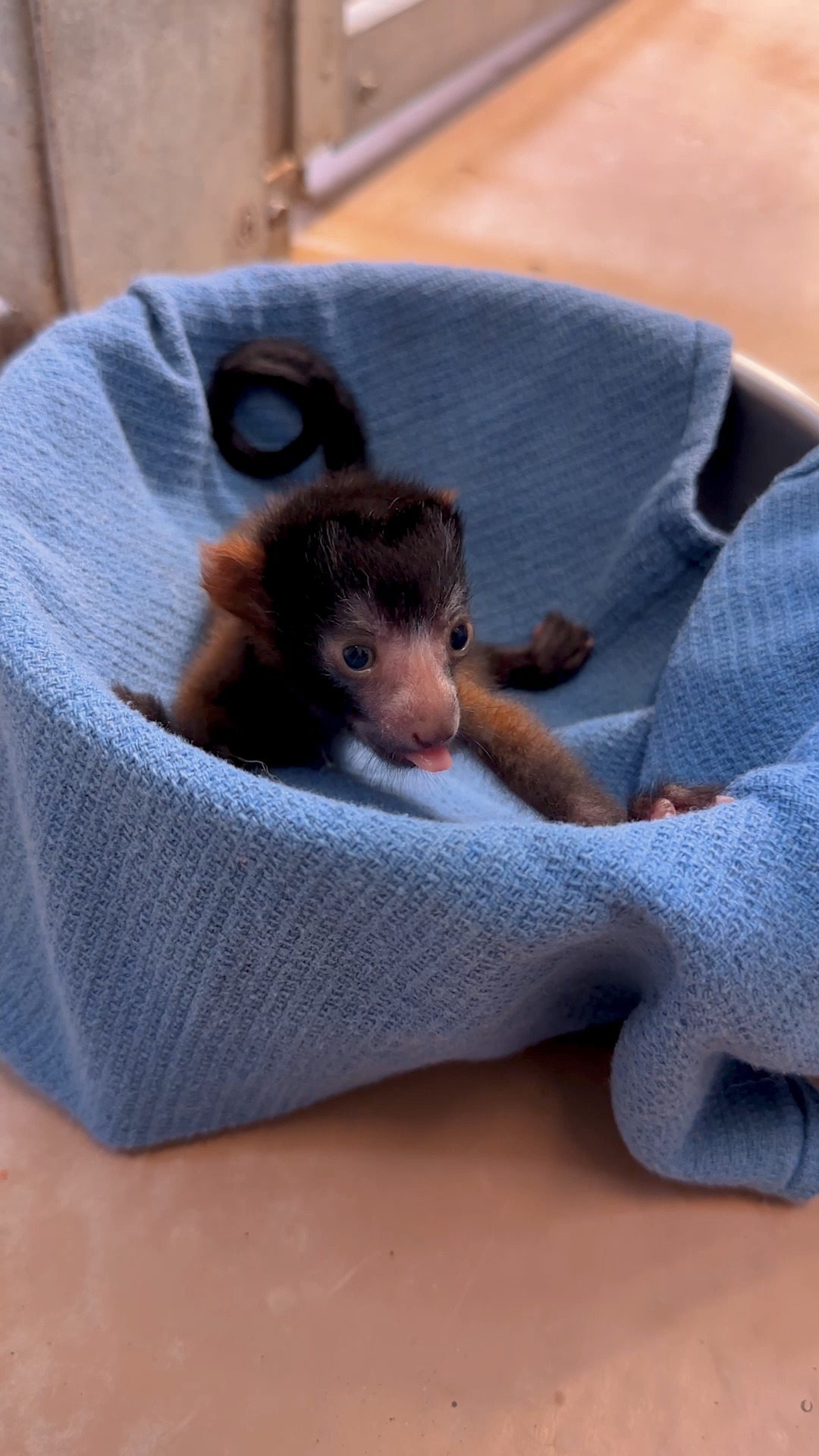- Overview of the Responsibilities and Role of Koral, the Small Mammal Area Manager
- Introduction to Red-ruffed Lemur Species and their Conservation Status
- Development and Milestones of Red-ruffed Lemur Babies, Aurora and Borealis
- Importance of Public Support for Zoo-Based Conservation Efforts
- Ways to Support Aurora, Borealis, and Other Zoo Babies
Koral, the Small Mammal Area Manager at our zoo, plays a vital role in ensuring the health and well-being of our small mammals, particularly the Red-ruffed lemur. Koral’s expertise and dedication are integral to the daily care, enrichment, and long-term conservation of these unique creatures. The responsibilities of a Small Mammal Area Manager extend beyond basic animal care; they involve detailed behavioral observation, nutritional planning, and collaborative conservation efforts.
Red-ruffed lemurs (Varecia rubra) are native to Madagascar and are known for their striking red fur and black faces. Unfortunately, they are currently listed as Critically Endangered on the IUCN Red List due to habitat destruction and hunting. Conservation of Red-ruffed lemurs is not just about preserving a species but also about maintaining biodiversity and ecological balance. At our zoo, we take pride in contributing to the global efforts to protect these extraordinary animals through breeding programs and educational outreach.
Our Red-ruffed lemur babies, Aurora and Borealis, have been a source of joy and education for our visitors. Born to a breeding pair that is part of an international Species Survival Plan, these lemur infants are thriving under vigilant care. Monitoring their development involves regular health check-ups, weighing, and observing their interactions with the environment and other lemurs. Developmental milestones like learning to climb, foraging, and social behavior are carefully tracked to ensure they grow into healthy adults capable of contributing to the conservation efforts.
Public support is crucial for our zoo’s conservation endeavors. The presence of Aurora and Borealis serves as a tangible reminder of the importance of protecting endangered species. Our educational programs, guided tours, and interactive exhibits aim to raise awareness and foster an emotional connection between the public and wildlife. Engagement through social media and community events helps broaden our reach and enhance public understanding of conservation needs.
Supporting Aurora, Borealis, and other zoo babies can be done in various ways. Donations, symbolic adoptions, volunteering, and participating in fundraising events are all means to contribute. Each form of support helps us improve facilities, provide high-quality care, and engage in crucial conservation projects. Our zoo’s commitment to wildlife preservation relies heavily on the community’s active involvement and generosity.
Ensuring a sustainable future for species like the Red-ruffed lemur requires continuous effort and support. By visiting our website and social media platforms, you can learn more about how to contribute to our conservation initiatives and support our zoo babies. Together, we can make a significant impact on wildlife conservation, preserving diverse species for future generations.
*****
Source Description
Small Mammal Area Manager, Koral, is giving us an update on our Red-ruffed lemur babies, Aurora and Borealis! 🐾
Link in bio to learn how you can help support Aurora, Borealisour and our other Zoo Babies.
class=”instagram-media” data-instgrm-permalink=”https://www.instagram.com/reel/C-dIIsGs-Fi/” data-instgrm-version=”14″ style=” background: border:0; border-radius:3px; box-shadow:0 0 1px 0 rgba(0,0,0,0.5),0 1px 10px 0 rgba(0,0,0,0.15); margin: 1px; max-width:540px; min-width:326px; padding:0; width:99.375%; width:-webkit-calc(100% – 2px); width:calc(100% – 2px);”>


